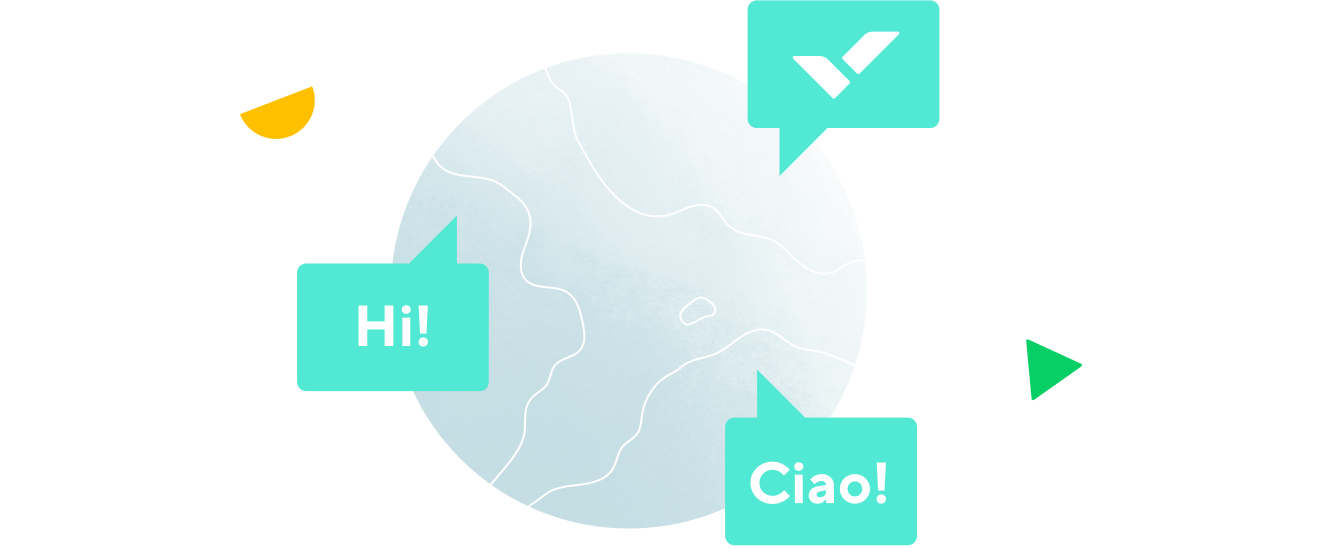- 1. What Is Kanban? The Ultimate Guide to Kanban Methodology
- 2. The Core Kanban Principles and Practices
- 3. What Is a Kanban Board? Examples and Usage Guide
- 4. Everything You Need to Know About Kanban Cards
- 5. Ultimate List of Kanban Tools and Software
- 6. Practical Kanban Templates and Examples
- 7. The Complete Guide to Personal Kanban
- 8. Kanban WIP - Work In Progress Limits Explained
- 9. What Is a Kanban Retrospective Meeting?
- 10. Kanban vs. Scrum Comparison Guide
- 11. Glossary of Kanban Project Management Terms
- 12. FAQs
- 1. What Is Kanban? The Ultimate Guide to Kanban Methodology
- 2. The Core Kanban Principles and Practices
- 3. What Is a Kanban Board? Examples and Usage Guide
- 4. Everything You Need to Know About Kanban Cards
- 5. Ultimate List of Kanban Tools and Software
- 6. Practical Kanban Templates and Examples
- 7. The Complete Guide to Personal Kanban
- 8. Kanban WIP - Work In Progress Limits Explained
- 9. What Is a Kanban Retrospective Meeting?
- 10. Kanban vs. Scrum Comparison Guide
- 11. Glossary of Kanban Project Management Terms
- 12. FAQs
What Is Lean Kanban?
Agile software development teams use the Kanban methodology to gain better visualization and improve project workflow and team communication. But this approach can be combined with the Lean methodology, which many software organizations adopt for improved product delivery and to gain a more competitive edge in the industry.
But what is Lean Kanban and how can you apply this framework to your software development strategy?
The Lean Kanban methodology has its origins in Ford’s Lean manufacturing processes, pioneered over a century ago. These Lean processes were later applied to software development. Lean in software development aims to:
- Identify room for improvements
- Improve project efficiency
- Get rid of impediments in product development
Kanban, on the other hand, is a visualization process that enables software teams to get a better picture of project workflow through the use of Kanban boards and cards. In this way, product delivery is improved, as is communication among team members.
Lean Kanban is a methodology that aims to improve project efficiency, team communication, and continuous flow of product delivery. It focuses on a direct and clear path to project workflow through the use of Kanban visualization techniques.
Benefits of the Lean Kanban methodology
Lean Kanban provides great benefits to software development teams. They are listed below:
- More time to ensure that product development is optimum: With Lean Kanban, planning time is shortened because the team focuses on building a product according to phases
- Better predictability: Through various delivery metrics, team members create more chances of predicting the future of the project based on project performance
- Fewer risks: Team members deal with fewer risks due to shorter feedback loops and a phased approach to project development

Alex Zhezherau
Alex is Wrike’s Product Director, with over 10 years of expertise in product management and business development. Known for his hands-on approach and strategic vision, he is well versed in various project management methodologies — including Agile, Scrum, and Kanban — and how Wrike’s features complement them. Alex is passionate about entrepreneurship and turning complex challenges into opportunities.


